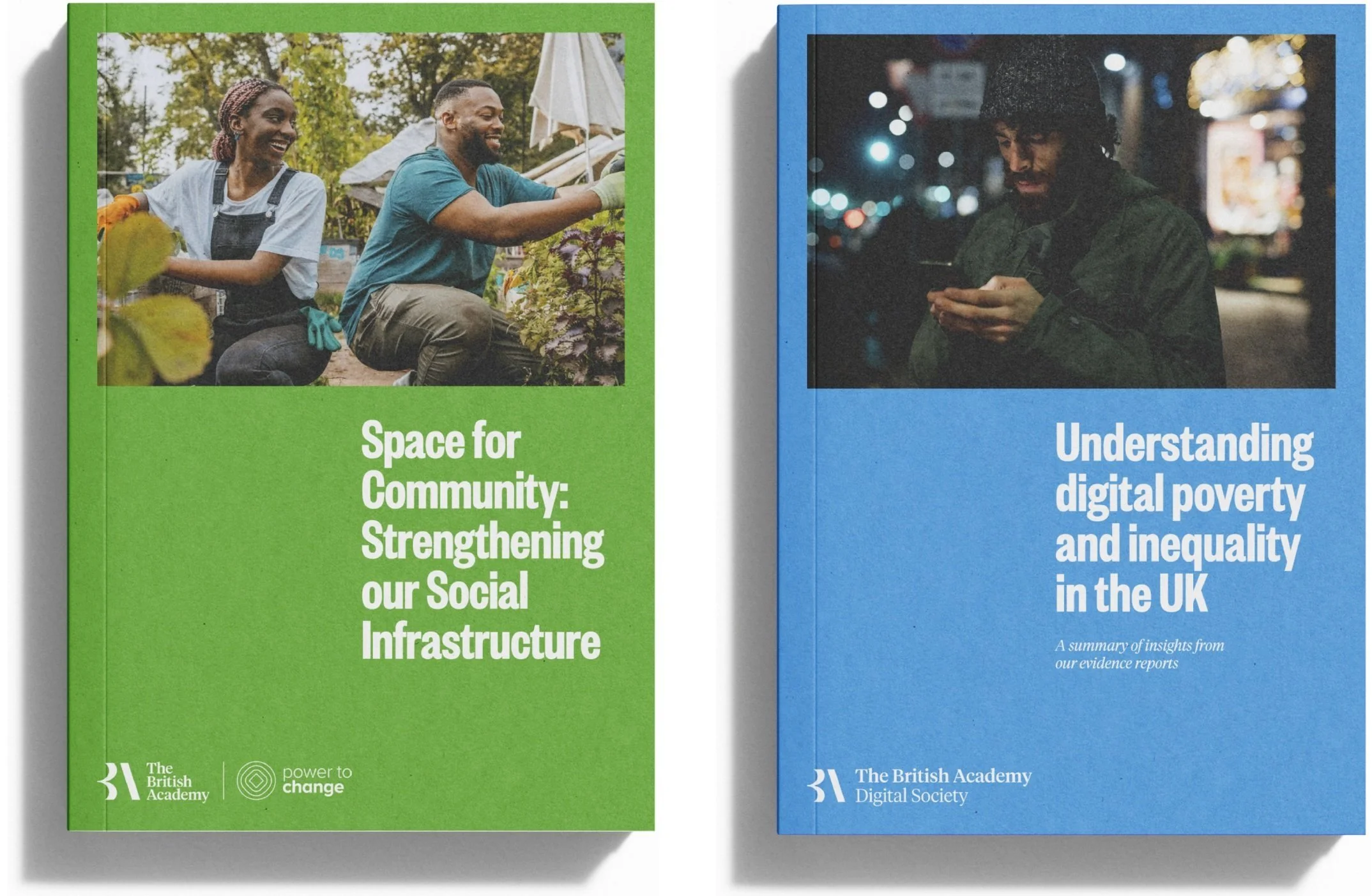Developing a communications strategy rooted in a ‘theory of change’
The British Academy
The British Academy’s newly refurbished home in London’s Carlton House Terrace has become a key enabler of increased engagement with scholars, government, policymakers, civil society, business and the public. Redevelopment by Wright & Wright architects.
The British Academy is the UK's national academy for the humanities and social sciences. It funds researchers across the UK and overseas, informs the work of policymakers, and engages the public with fresh thinking and debates.
Following on from our work on its Strategic plan we helped devise a new communications and engagement strategy which more effectively aligned and articulated the link between the team's work and the Academy's strategic priorities.
To gain insights and help shape the brief, we consulted a wide range of stakeholders including the Academy's senior management team, current and incoming Presidents, and Fellows and external members of its Communications and Engagement Committee. Interviews were also conducted with comms team staff, and with key partners or ‘users’ of the comms function. Desk research included a review of recent studies regarding audiences, existing strategies for component functions – such as digital, publishing, events etc. – and best practice amongst peer organisations.
Then, working with a small steering group, we devised a series of workshops to engage the whole comms and engagement team in reviewing our findings, working through the implications and generating ideas for the new strategy. A draft ‘theory of change’ – a kind of high-level hypothesis about how the team's day-to-day work translates into outcomes that advance the Academy's mission and vision – sparked lively and constructive debate.
Hetan Shah, British Academy Chief Executive, and Professor Priyamvada Gopal at the ‘Making Research Accessible: Encouraging global cultural understanding through writing’ talk at the annual Summer Showcase; example policy papers produced by the Academy.
The main focus, however, was on working up a set of core ‘SMART’ communication objectives that would help deliver the aspirations set out in the Strategic plan. For each objective, staff were tasked with building a picture of key target audiences and what we needed them to know, feel and do, together with the activities and initiatives that would bring this about, and ideas about how progress could be measured.
The resulting strategy helped build greater consensus around an updated view of audience priorities for the Academy and, more broadly, the role of the communications and engagement team in advancing the Academy’s strategic ambitions. The project also provided a model for how the Academy could develop bespoke ‘journeys of engagement’ for specific target groups of stakeholders and influencers, and align this work with the implementation of a new CRM (customer relationship management system).



